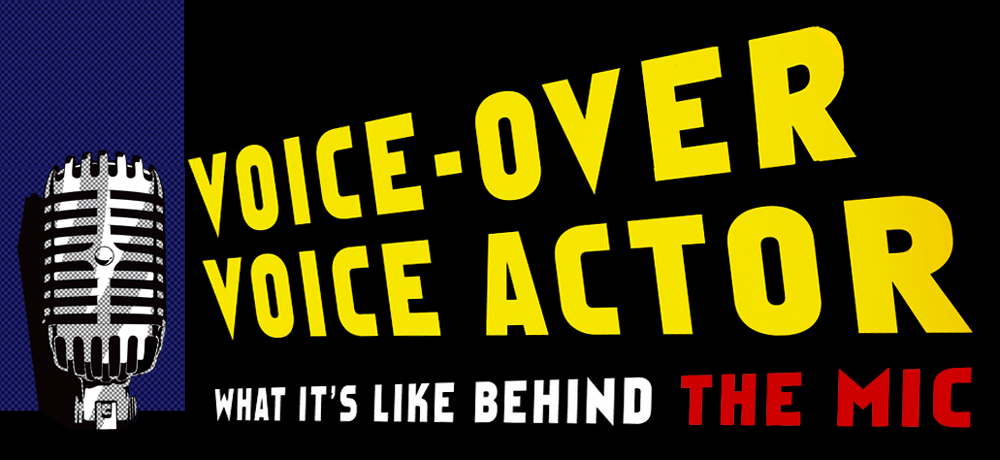Take Action #20: Articulation
1. P-T-K-T (puh-tuh-kuh-tuh)
Repeat the sounds P-T-K-T over and over (p-t-k-t-p-t-k-t…)
2. B-D-G-D (buh-duh-guh-duh)
Repeat the sounds B-D-G-D over and over (b-d-g-d-b-d-g-d…)
3. P-T-K-T-B-D-G-D (puh-tuh-kuk-tuh-buh-duh-guh-duh)
Repeat the sounds P-T-K-T-B-D-G-D over and over (p-t-k-t-b-d-g-d-p-t-k-t-p-t-g-d…)
4. Vary up the pattern a bit to make it harder for yourself. Try also going up and down the scale while doing this articulation exercise
5. After doing this exercise for a bit, try one of your favorite tongue twisters and see if it’s easier.
This exercise will allow your mouth to get warmed up while working on both plosive and non-plosive sounds. Also be aware of your breathing throughout the articulation exercises, so that it also helps you practice breath control.
